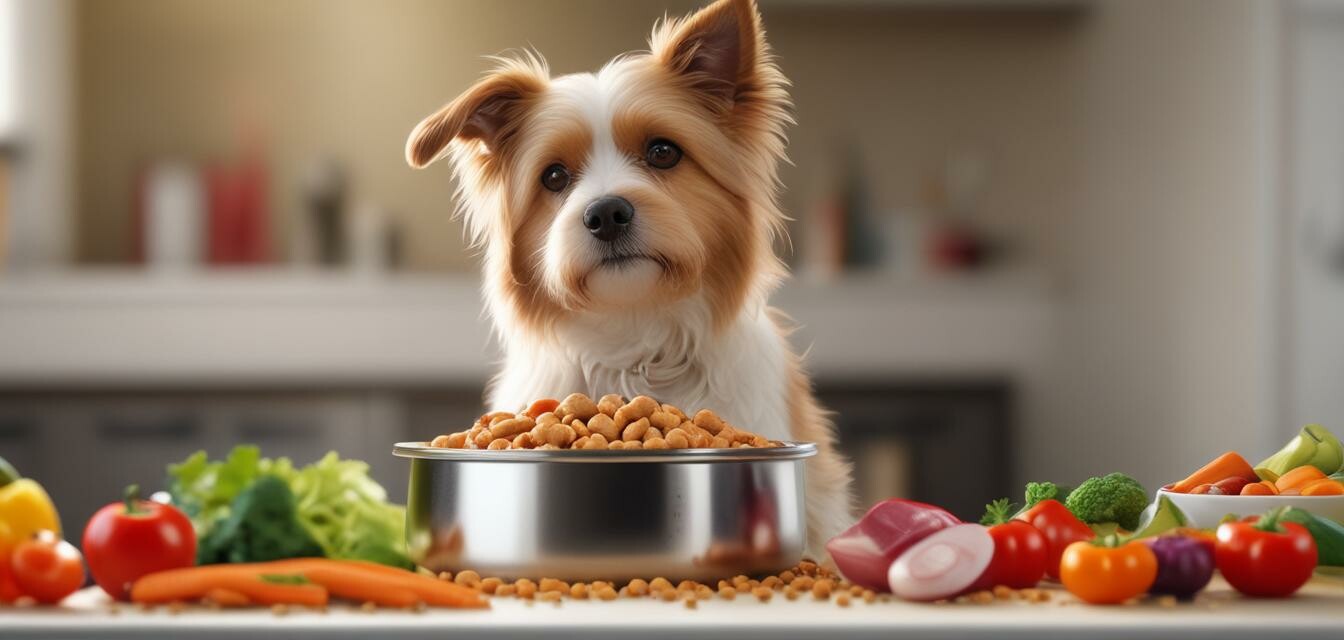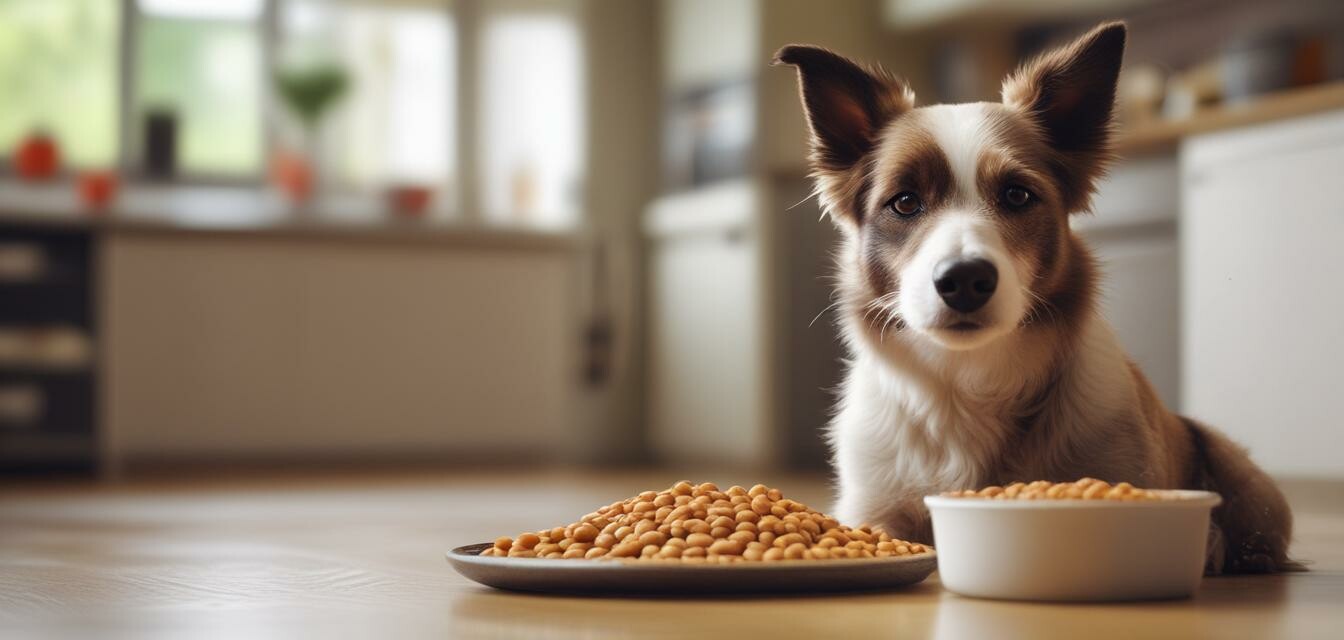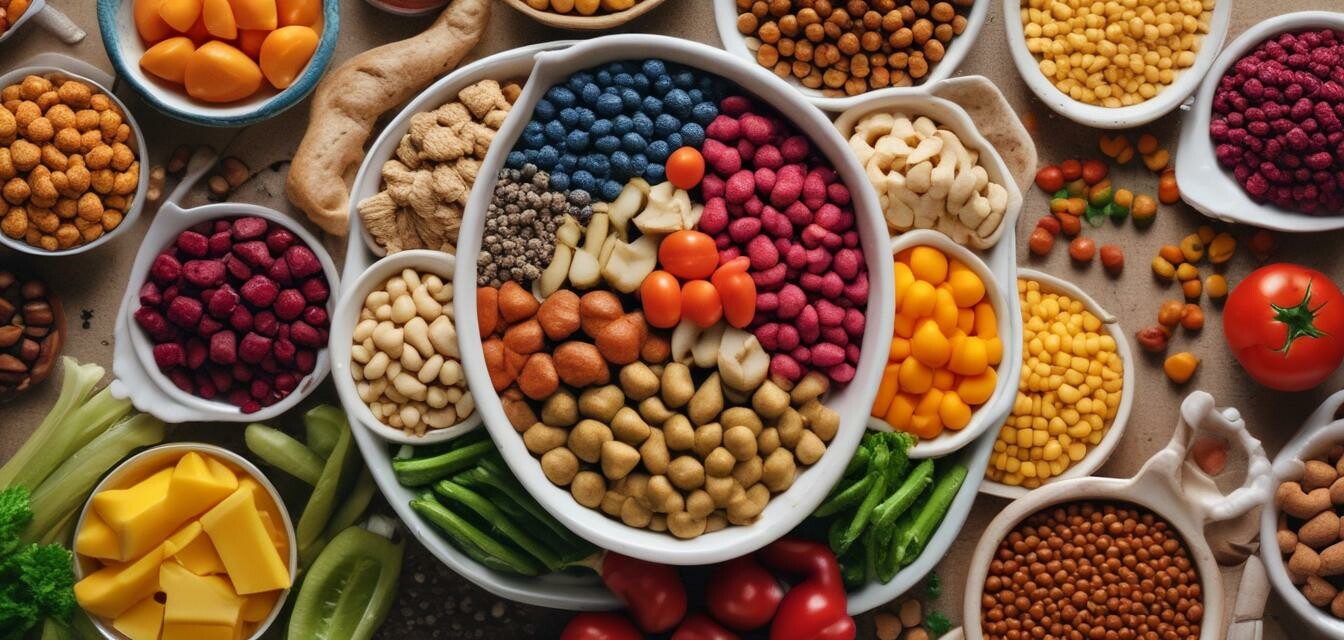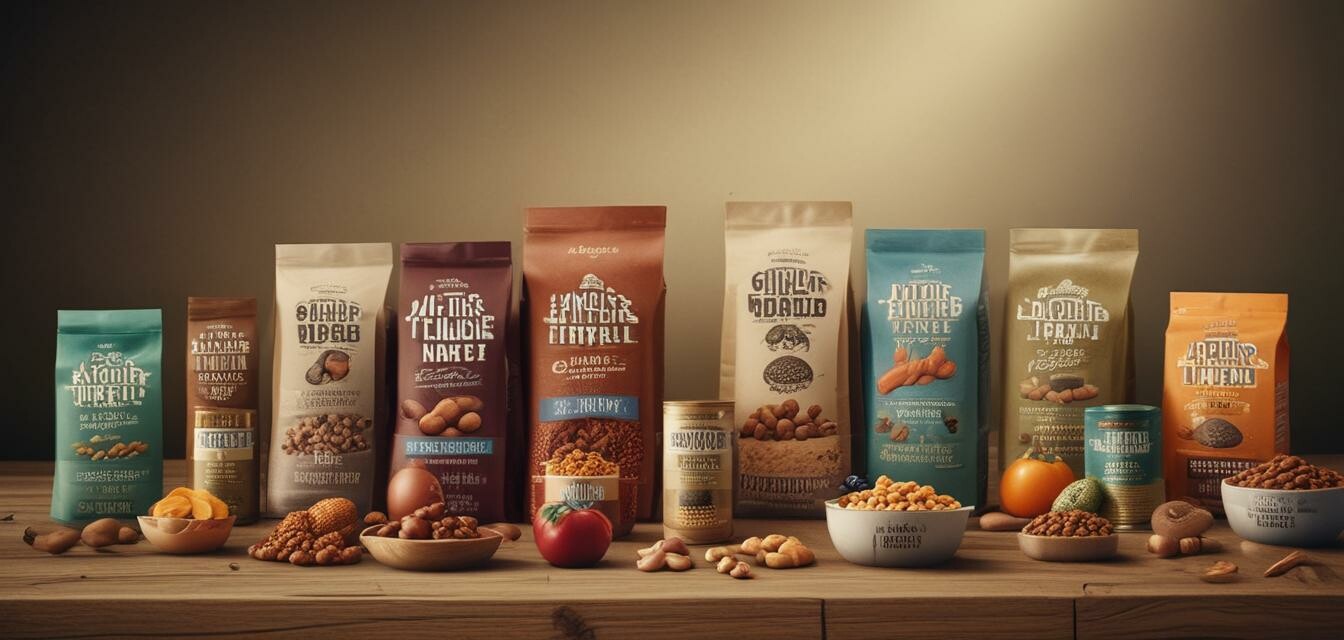
Puppy Food for Growth
As a responsible pet owner, you want to ensure your puppy is receiving the best possible nutrition for optimal growth and development. With so many puppy food options available, it can be overwhelming to choose the right one. In this article, we'll explore the best puppy foods to support your furry friend's growth and development.
Key Takeaways
- High-quality protein sources like chicken, lamb, and fish support muscle growth and development.
- Whole grains like brown rice, oats, and barley provide sustained energy and fiber.
- Essential vitamins and minerals like calcium, phosphorus, and DHA support bone growth and brain development.
- Avoid fillers and by-products that can hinder digestion and nutrient absorption.
What to Look for in Puppy Food
When selecting a puppy food, it's essential to consider the nutrient requirements of your growing puppy. Here are some key ingredients to look for:
| Ingredient | Benefits |
|---|---|
| High-quality protein sources (chicken, lamb, fish) | Supports muscle growth and development |
| Whole grains (brown rice, oats, barley) | Provides sustained energy and fiber |
| Essential vitamins and minerals (calcium, phosphorus, DHA) | Supports bone growth and brain development |
| Avoid fillers and by-products | Hinders digestion and nutrient absorption |
Puppy Food Stages
Puppies have different nutritional needs at various stages of their growth. Here's a breakdown of the different stages and their corresponding nutritional requirements:
| Stage | Nutritional Requirements |
|---|---|
| Neonatal (0-3 weeks) | High-calorie, high-protein diet for rapid growth and development |
| Transitional (3-6 weeks) | Gradual transition to solid food, with continued high-calorie and protein intake |
| Adolescent (6-12 weeks) | Balanced diet with moderate protein and fat levels, and increased fiber intake |
| Adult (12 weeks+) | Maintenance diet with balanced protein, fat, and fiber levels |

Common Puppy Food Mistakes
Avoid these common mistakes when selecting a puppy food:
Common Mistakes
- Feeding adult dog food to puppies
- Not considering breed-specific nutritional needs
- Choosing food based on price rather than nutritional value
Conclusion
By understanding the nutritional requirements of your puppy and avoiding common mistakes, you can provide the best possible support for their growth and development. Remember to always consult with your veterinarian before making any changes to your puppy's diet.
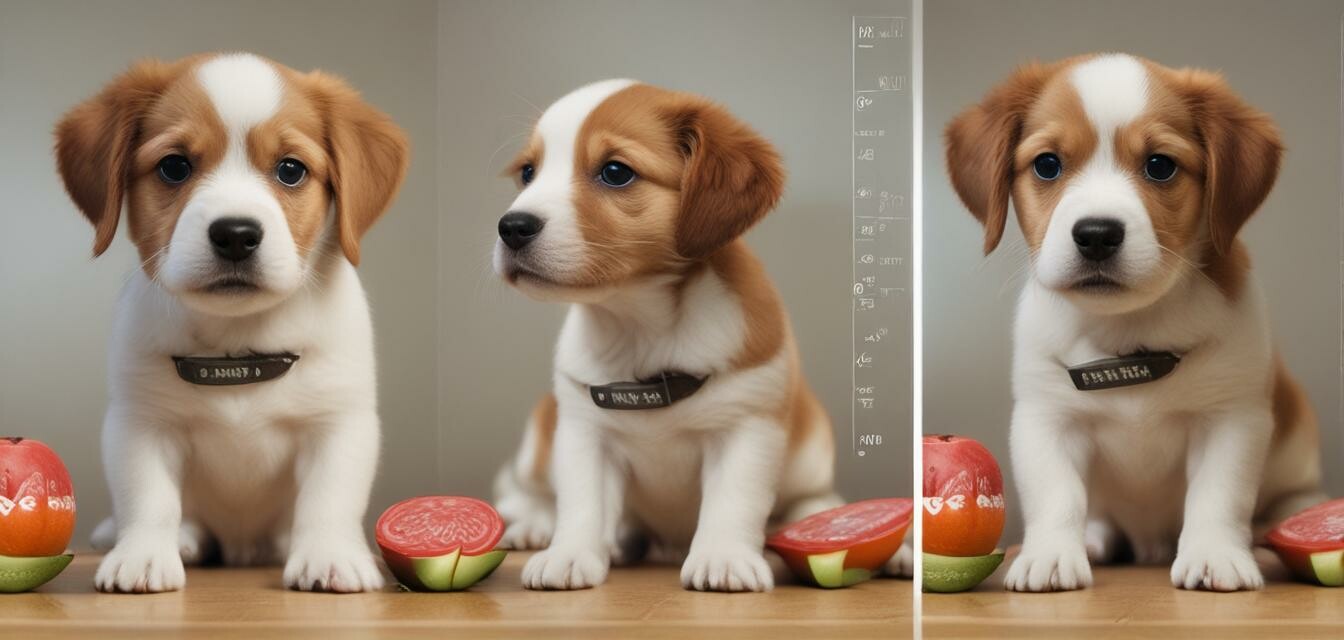
For more information on puppy nutrition and growth, be sure to check out our Dog Foods and Pet Grooming Kits pages.

Beginners Tip
- Always transition your puppy to new foods gradually to prevent digestive upset.
- Consult with your veterinarian to determine the best feeding schedule for your puppy.
By following these tips and considering the nutritional needs of your puppy, you can help support their growth and development and set them up for a healthy and happy life.
